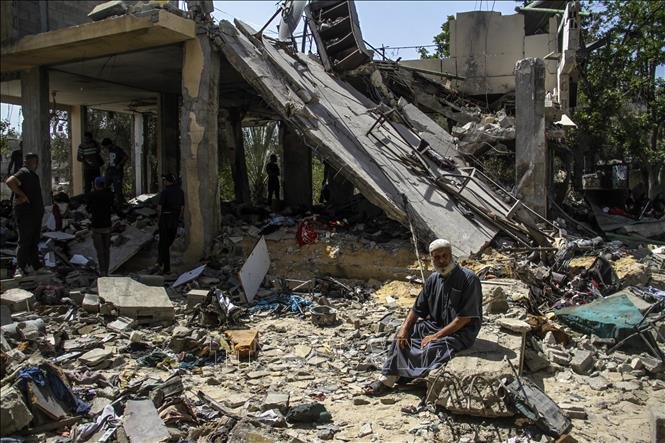The ongoing conflict in Ukraine has been a significant point of global concern since its escalation in 2022. With millions displaced and thousands of lives lost, the international community has been pressing for a peaceful resolution. Recently, diplomatic talks between the United States and Russia have gained traction, with both nations engaging in high-level negotiations to establish a ceasefire in Ukraine. This article explores the details of these negotiations, the challenges involved, and the potential outcomes of this crucial diplomatic effort.
### The Background of the Conflict
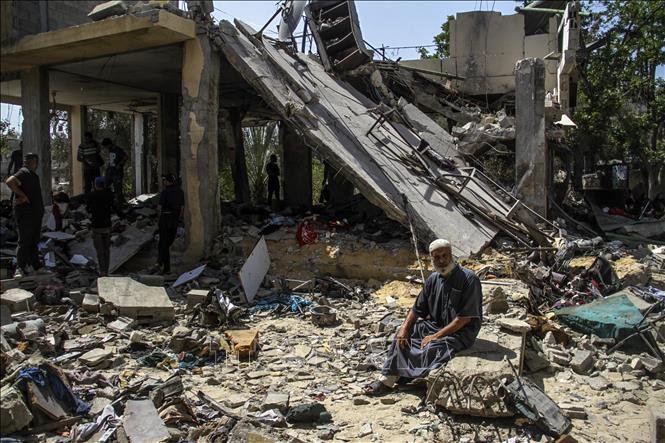
The war in Ukraine began in February 2022 when Russia launched a full-scale invasion, citing security concerns and geopolitical tensions. Ukraine, with strong support from Western allies, has been resisting the aggression, leading to prolonged warfare. The conflict has resulted in widespread destruction, economic turmoil, and humanitarian crises. Efforts for peace talks have been attempted multiple times, but achieving a long-term ceasefire has remained elusive.
### The Key Players in Negotiations
The recent ceasefire negotiations involve top diplomats from both the U.S. and Russia. On the American side, senior officials from the State Department and the White House’s National Security Council have been leading the discussions. Russia, on the other hand, has sent high-ranking representatives from its Ministry of Foreign Affairs and the Kremlin. These delegations are tasked with finding common ground despite deep-seated hostilities.
### The Primary Objectives of the Ceasefire Talks
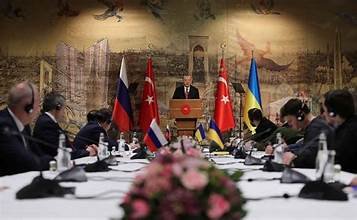
The key objectives of these negotiations include:
1. **Immediate Cessation of Hostilities** – Ensuring an end to active combat operations to prevent further loss of life.
2. **Withdrawal of Troops** – Defining the terms under which Russian forces may withdraw from occupied territories.
3. **Security Guarantees** – Addressing Russia’s security concerns while ensuring Ukraine’s sovereignty.
4. **Humanitarian Relief** – Facilitating aid deliveries to affected regions and assisting displaced civilians.
5. **Framework for Future Peace Talks** – Establishing a roadmap for a comprehensive peace agreement.
### Challenges in Reaching an Agreement
Despite these objectives, several obstacles hinder the progress of ceasefire talks:
– **Distrust Between Parties**: Both the U.S. and Russia remain skeptical of each other’s intentions, making negotiations challenging.
– **Geopolitical Interests**: The conflict is deeply tied to global power dynamics, with NATO’s expansion and Russia’s strategic concerns at play.
– **On-Ground Military Dynamics**: Any ceasefire must reflect realities on the battlefield, where neither side wants to appear weak.
– **Influence of Other Stakeholders**: The European Union, China, and other international bodies also have vested interests in the outcome.
– **Public and Political Pressures**: Domestic political considerations in the U.S., Russia, and Ukraine influence the flexibility of negotiators.
### Potential Outcomes of the Negotiations
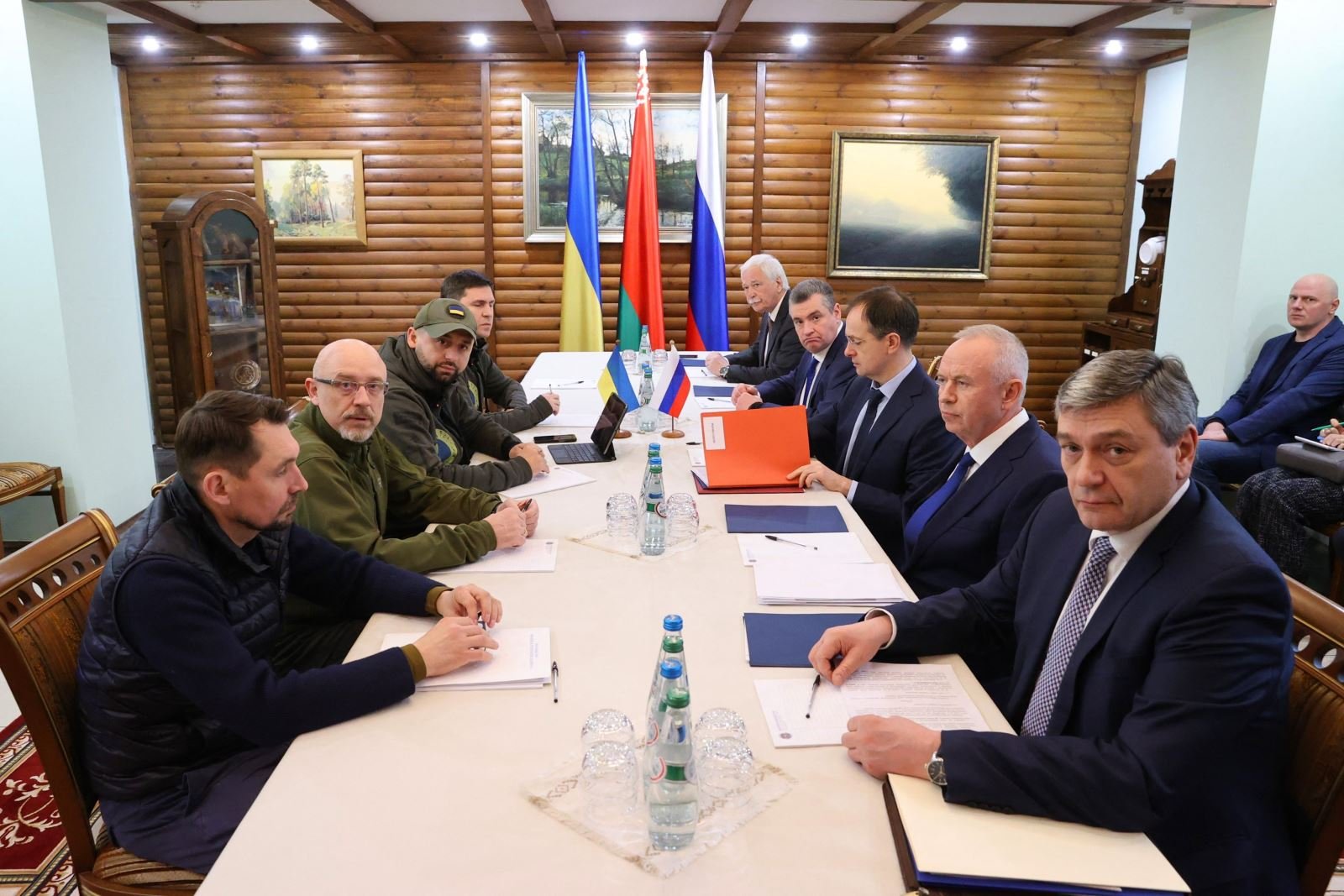
The outcome of these negotiations could take multiple forms:
1. **Temporary Ceasefire Agreement** – A short-term pause in fighting to allow humanitarian aid and further negotiations.
2. **Comprehensive Peace Deal** – A long-term agreement that includes security assurances and territorial compromises.
3. **Deadlock and Continued Conflict** – If talks fail, the war could persist, exacerbating global instability.
4. **Third-Party Mediation** – Countries like China or Turkey could step in to facilitate a more neutral peace process.
### Global Reactions and Implications
The world is closely watching these negotiations, as the outcome will have far-reaching implications:
– **Economic Impact**: A ceasefire could stabilize energy markets and ease inflationary pressures.
– **Geopolitical Shifts**: The power balance in Eastern Europe and NATO’s role could be reshaped.
– **Humanitarian Relief**: Millions of displaced Ukrainians may find hope in a resolution.
– **Military Strategies**: Future defense policies of both Russia and NATO members could be influenced by the outcome.
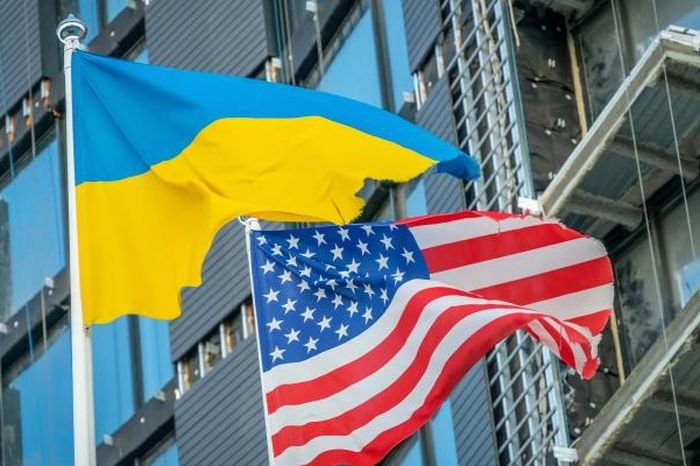
### Conclusion
The ceasefire negotiations between U.S. and Russian delegations represent a critical moment in the Ukraine conflict. While challenges remain, the potential for a diplomatic breakthrough offers hope for peace. The coming weeks will be crucial in determining whether these talks lead to a cessation of hostilities or if the war will continue to devastate Ukraine and the global order. The world remains hopeful that diplomacy can succeed where warfare has only brought suffering.
